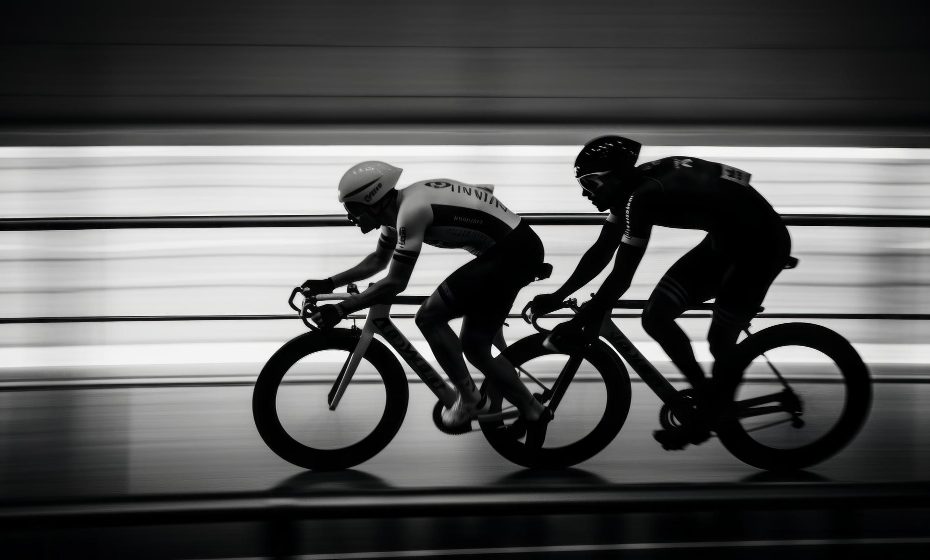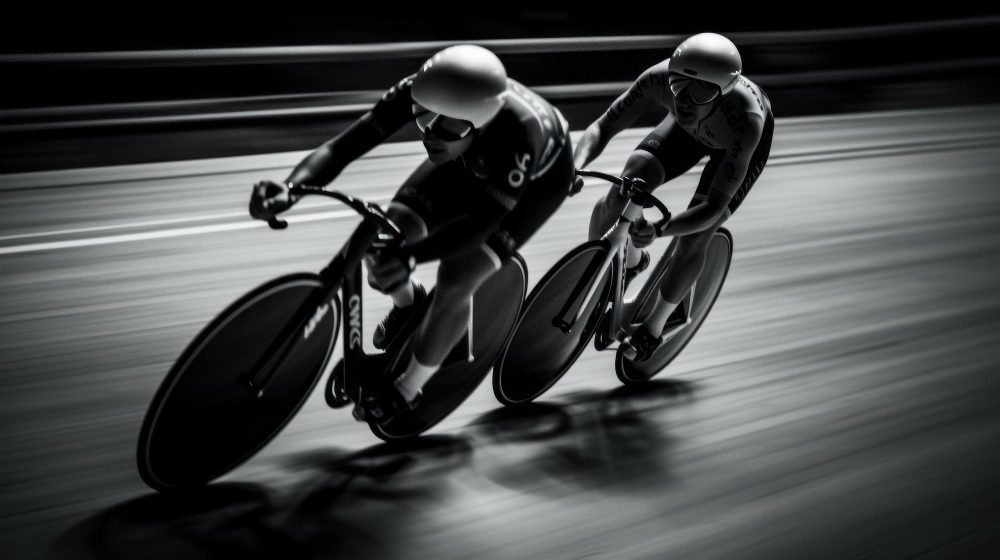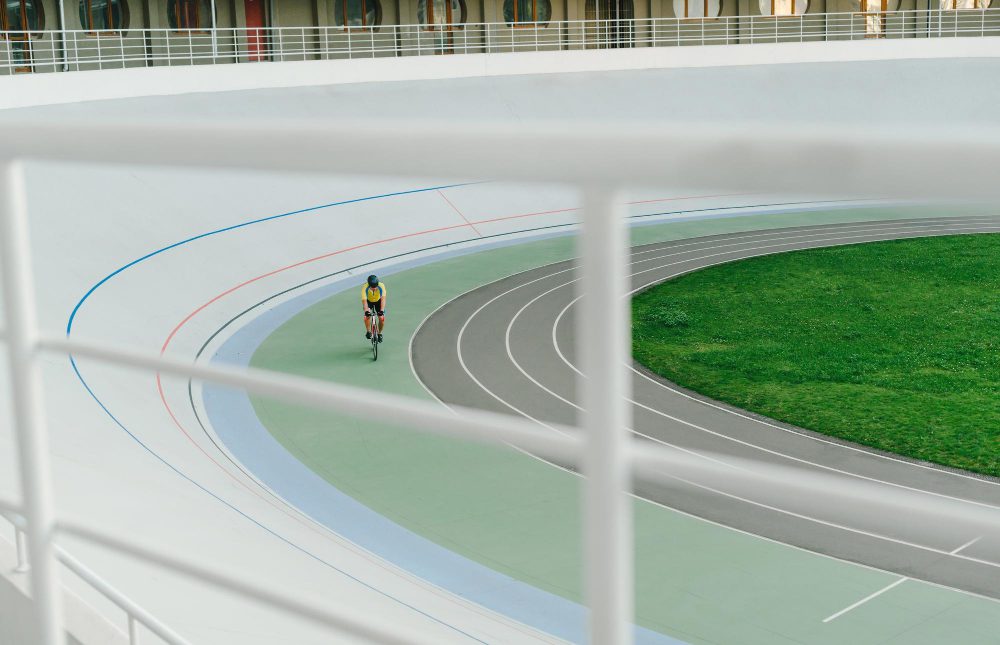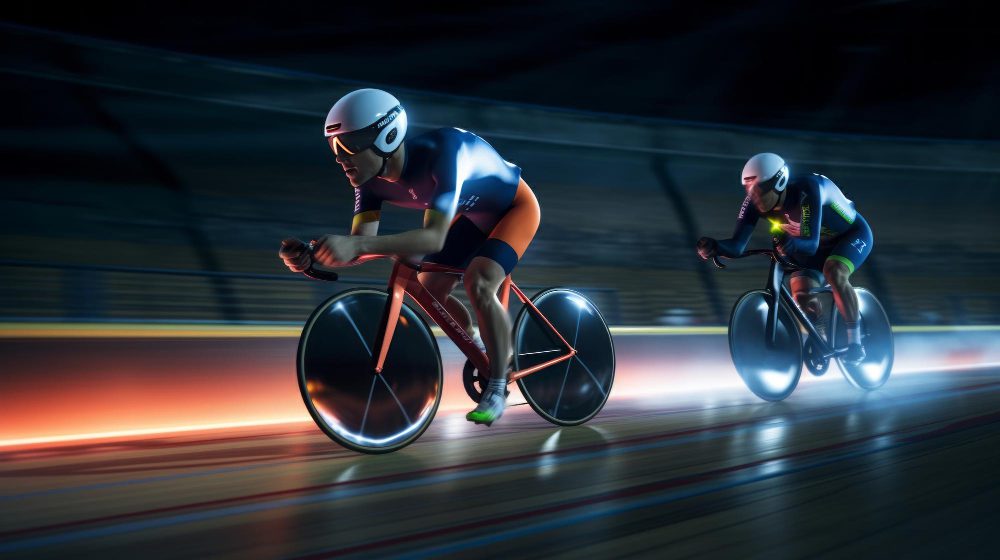Why do cyclists have to shave their legs?
The tradition of leg shaving in cycling
Cyclists and leg shaving have become synonymous over the years, with smooth, hairless legs being a common sight in the cycling world. But why do cyclists feel the need to shave their legs? Is it purely for aesthetics, or is there a practical reason behind this tradition?
Aerodynamics and performance
One of the main reasons why cyclists shave their legs is for aerodynamic purposes. It is believed that smooth legs can reduce air resistance and improve performance, especially during races or time trials where every second counts. Research has shown that even a slight reduction in drag can make a significant difference in a cyclist’s speed and efficiency.
“Shaving your legs can help you go faster on the bike by reducing wind resistance. It’s like wearing a tight-fitting cycling kit to avoid any unnecessary flapping of fabric.”
Easier injury care and prevention
Another practical reason for leg shaving is related to injury care and prevention. In the unfortunate event of a crash or fall, having hairless legs can make it easier to clean and treat road rash or other injuries. Shaving also helps in the application and removal of bandages, as hair can interfere with proper adhesion.
Massages and recovery
Professional cyclists often receive regular massages as part of their training and recovery routine. Shaved legs make it easier for masseuses to apply oils and lotions and provide deep tissue massages without the discomfort of hair pulling. Additionally, shaved legs are less likely to become irritated during these sessions.
Team camaraderie and tradition
Leg shaving in cycling has also become a cultural tradition and a symbol of team camaraderie. Many professional cycling teams have embraced the practice as a bonding experience, with riders coming together to help each other shave their legs before important races. It creates a sense of unity and solidarity among teammates.
Personal preference
Lastly, some cyclists simply prefer the feeling and aesthetic of smooth legs. For many, it has become a personal choice that gives them a sense of pride and confidence on the bike. It’s important to note that not all cyclists shave their legs, and it ultimately comes down to individual preference rather than a strict requirement.
While shaving legs may not directly affect one’s cycling ability, it has become deeply ingrained in the culture and tradition of the sport. Whether it’s for aerodynamics, injury care, massages, team spirit, or personal preference, the act of leg shaving continues to be a prominent feature in the world of cycling.
Why do cyclists pull their socks up?
Cycling is a popular sport and recreational activity in the UK, with many enthusiasts taking to the roads and trails on two wheels. One common sight you may notice among cyclists is their habit of pulling their socks up. This seemingly simple action actually serves several purposes, both practical and cultural.
1. Performance and Comfort
Pulling up their socks is not just a fashion statement for cyclists; it can actually improve their performance and comfort on the bike. By ensuring that their socks are pulled up, cyclists can prevent the fabric from bunching or sagging, which can cause discomfort and even blisters during long rides. Additionally, pulling up the socks helps to keep the leg muscles compressed, which can aid in blood circulation and reduce muscle fatigue.
2. Safety and Visibility
Another reason why cyclists pull their socks up is for safety and visibility purposes. High socks can act as a visual cue to motorists and other road users, indicating that they are sharing the road with a cyclist. Brightly colored or reflective socks can help to increase visibility, especially in low-light conditions or when cycling during the winter months.
3. Cycling Culture and Style
In addition to practical reasons, pulling up socks has become a part of cycling culture and style. Cyclists often take pride in their appearance and pay attention to the details of their kit, including their socks. Pulling up their socks is a way for cyclists to showcase their commitment and passion for the sport, as well as their attention to detail and style on the bike.
“Pulling up their socks is not just a fashion statement for cyclists; it can actually improve their performance and comfort on the bike.”
So next time you see a cyclist with their socks pulled up, remember that there’s more to it than meets the eye. It’s not just a fashion choice; it’s a practical and cultural habit that has become a part of the cycling world.
Why do cyclists ride two abreast?
Cycling is a popular sport and means of transportation in the UK, with millions of people enjoying the benefits of riding their bikes. You may have noticed that cyclists sometimes ride two abreast, side by side on the road, instead of a single file. Although this can be seen as an inconvenience to motorists, there are valid reasons why cyclists choose to ride in this manner.
Safety
Riding two abreast can actually enhance the safety of cyclists. By riding side by side, they increase their visibility to other road users, making it easier for drivers to see them and reducing the risk of accidents. Additionally, riding in pairs allows cyclists to communicate more effectively with each other, enabling them to warn fellow riders of potential hazards on the road.
Legal considerations
Contrary to popular belief, riding two abreast is legal in the UK. According to Rule 66 of the Highway Code, cyclists are allowed to ride two abreast as long as they are not obstructing the flow of traffic and are riding within their capabilities. However, it is important for cyclists to be considerate to other road users and switch to single-file riding when necessary, particularly on narrow or busy roads.
Improved social experience
Riding two abreast also offers a more enjoyable social experience for cyclists. It allows friends or cycling club members to ride together, have conversations, and share the experience of cycling. This social aspect can be motivating and build camaraderie among cyclists.
“Riding two abreast can enhance safety, comply with the law, and provide a better social experience for cyclists.”
However, it is essential for cyclists to always be aware of their surroundings and not create unnecessary obstructions on the road. Mutual respect and understanding between cyclists and other road users can help create a safer and more harmonious environment for everyone.
Why do cyclists wave at each other?
Have you ever noticed that when you’re out cycling, fellow cyclists often give you a friendly wave or nod as they pass by? This unique gesture is a common tradition among cyclists and signifies a sense of camaraderie and solidarity on the road. But why do cyclists wave at each other? Let’s explore some possible reasons behind this friendly practice.
A Sense of Community
Cycling is not just a sport or a mode of transportation; it’s also a community. Cyclists share a passion for the sport, and waving at each other is a way to acknowledge this shared interest. It creates a sense of belonging and connection, even among strangers on the road.
Building Relationships
When cyclists wave at each other, it’s an opportunity to build connections with like-minded individuals. It’s a simple gesture that can lead to conversations at stop lights or even the beginning of lifelong friendships. It’s amazing how a small wave can break down barriers and create a supportive network of fellow cyclists.
Etiquette and Safety
Waving at other cyclists is not only about courtesy but also serves practical purposes. It can be a way of acknowledging someone’s presence on the road and indicating that you are aware of them. This helps to promote a safer cycling environment and encourages all road users to be vigilant and respectful towards one another.
The Elbow Flick
While waving with a full hand is commonly seen, some cyclists prefer a more subtle variation known as the “elbow flick.” This involves simply extending your elbow outwards, almost like a wing flap. The elbow flick is particularly popular among road cyclists and has become somewhat of a stylistic choice.
“Cyclists wave at each other as a sign of mutual respect and acknowledgment. It’s a way of saying, ‘Hey, we’re in this together!'”
Next time you’re out cycling and someone waves at you, remember to wave back! It’s a small gesture that can make your ride more enjoyable and help foster a stronger cycling community.
Why do cyclists have big calves?
Cycling is a popular sport and mode of transportation in the UK, and one thing that often catches people’s attention is the impressive calf muscles that many cyclists seem to have. But why do cyclists have such big calves?
The Mechanics of Cycling
One of the main reasons for the development of large calf muscles in cyclists is the mechanics of the sport itself. Cycling requires the repetitive movement of pushing down on the pedals, which primarily engages the calf muscles.
The Muscles at Work
During the pedaling motion, the calf muscles, specifically the gastrocnemius and soleus muscles, contract and extend, propelling the rider forward. As they continuously contract and relax, these muscles become stronger and more defined, leading to the development of larger calf muscles.
The Benefits of Cycling
Cycling is a low-impact form of exercise that offers numerous benefits. Not only does it provide an effective cardiovascular workout, but it also targets multiple muscle groups, including the calves. Regular cycling can help improve muscle strength, endurance, and overall fitness.
“Cycling is an excellent way to build and tone calf muscles while enjoying the outdoors.”
Other Factors
In addition to the physical demands of cycling, other factors can contribute to the development of big calves in cyclists. These may include genetics, body composition, and training intensity. Some individuals may naturally have a propensity for larger calf muscles, while others may see significant muscle growth through consistent training.
Conclusion
In summary, cyclists often have big calves due to the repetitive pedaling motion and the engagement of calf muscles during cycling. This sport offers a great way to build and tone calf muscles while enjoying the outdoors and reaping various fitness benefits.



